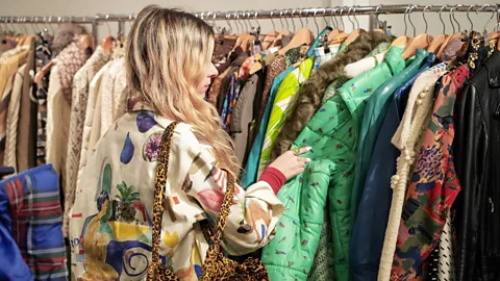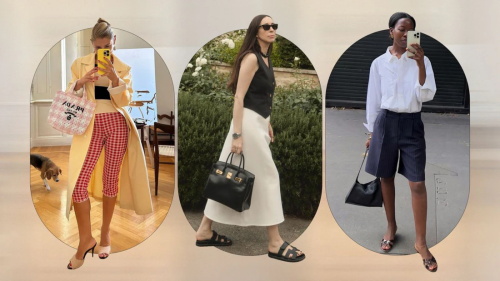How TikTok is Making Thrift Shopping a Competitive Sport

The second-hand goods market has always been a space filled with both profit potential and significant risks. Traditional resale platforms often struggle with issues like counterfeit goods, weak after-sales services, and a lack of trust mechanisms. However, the emergence of TikTok Shops has cleverly leveraged the platform’s innate strengths in short-form video to address these pain points, pushing second-hand trading into a new era.
TikTok integrates resources from the second-hand market to create a one-stop shopping experience that not only sells authentic products but also provides third-party authentication. For example, sellers offering high-value pre-owned items on the platform must undergo rigorous vetting and upload Certificates of Authenticity (COAs) issued by trusted industry bodies. Additionally, if products do not match descriptions or arrive damaged or defective, consumers can protect their rights through a built-in dispute resolution system.
As early as two years ago, TikTok launched second-hand luxury shopping features in the U.S. and U.K., covering popular categories like handbags and sneakers. A dedicated e-commerce team was established to manage these initiatives. This move marked TikTok's evolution from a content platform to a full-fledged e-commerce ecosystem—one that includes both mid-to-high-end local brands and an actively expanding pre-owned luxury market.
From “Niche Hobby” to “Competitive Arena”
TikTok has not only transformed the short video content landscape but also profoundly reshaped consumer culture. What was once a niche interest—thrift shopping—has now, under TikTok’s influence, evolved into a strategic and competitive sport.
Thanks to the platform, users are no longer just looking for bargains. They are now part of a fast-paced game involving style, timing, and luck. Through content creation, flash sales, and the hunt for rare finds, users engage in a lively competition that turns second-hand shopping into a spectacle. Showcasing upcycling projects, styling tips, and cost-performance analysis, creators make pre-loved goods more attractive and breathe new life and value into them.
TikTok excels at driving consumption through content. Many influencers share their thrift hauls, unboxing experiences, and creative revamps via short videos and livestreams. Their influence encourages followers to engage and buy. The platform also promotes thrift-related challenges, boosting topic visibility and cultivating a sense of community participation that speeds up the circulation of second-hand goods.
During livestreams, influencers don’t just sell—they offer personalized advice based on viewer preferences, creating a tailored shopping experience. This interactive model satisfies consumers’ desire for uniqueness and variety, while also enhancing their engagement and satisfaction.
TikTok is reshaping the image of thrift shopping, turning it from a purely budget-conscious choice into a dynamic, content-fueled trend embraced by the masses. By weaving together engaging videos, reliable authentication, community trust, and tailored shopping experiences, the platform is revitalizing the second-hand market. It’s no longer just about saving money—it’s about discovering value, expressing creativity, and enjoying the thrill of the hunt.
RECOMMEND FO YOU



